(QBĐT) - Up to now, the work O Chau Can Luc by Duong Van An is still a valuable source of reference for researchers when approaching the lands of Quang Binh, Quang Tri, Hue, Da Nang and northern Quang Nam in the past and present.
O Chau Can Luc is a famous geographical work in the 16th century under the Le-Mac dynasty but has a great impact on contemporary life. Thanks to this book, we can easily look up the history and culture of the land through the names of villages, biographies of some characters, relics, customs and practices to recreate the historical appearance and some long-standing customs and practices of a land, including the old Tan Binh district and the present Quang Binh province.
The author of O Chau Can Luc was Doctor Duong Van An, a native of Quang Binh. He was born in 1514 in Tuy Loc village, now Loc Thuy commune (Le Thuy). He passed the doctoral exam in Dinh Mui year 1547 under the reign of Mac Phuc Nguyen. He compiled O Chau Can Luc around 1553-1555.
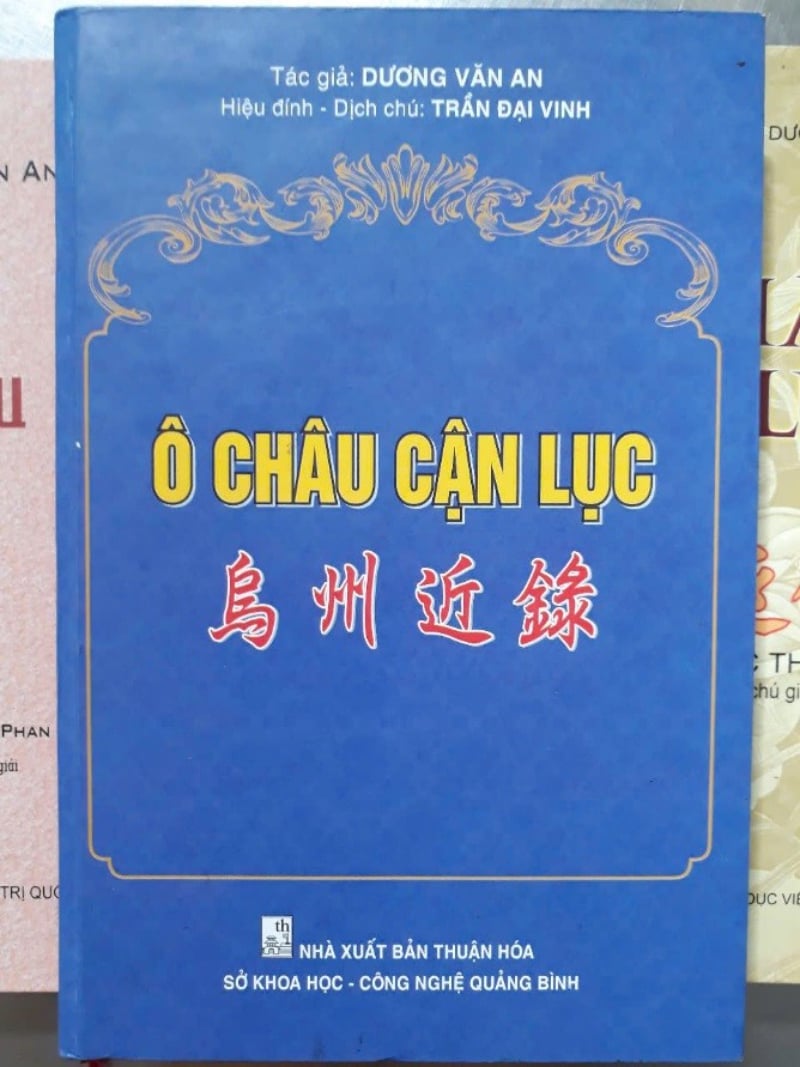 |
According to the author Duong Van An, this book originated from two records about Tan Binh and Trieu Phong prefectures, written by two Confucian scholars from the same hometown as the author. These two manuscripts recorded enough about the terrain of mountains and rivers, names of products, customs, and characters of these two lands. In 1553, when returning to his hometown to mourn, Duong Van An came across these two manuscripts, immediately researched more in historical books and took advantage of what he saw and heard, omitted the cumbersome parts, supplemented the sketchy parts, and renamed it O Chau Can Luc , and kept it for his own reference.
Duong Van An's revising work was completed in 1555 but was never printed. However, the book still circulated through handwritten copies. And it was highly appreciated by later generations and up to now, 7 translations have been published. In 2015, the Department of Science and Technology of Quang Binh cooperated with researcher Tran Dai Vinh, lecturer of Han Nom, Faculty of Literature, University of Education, Hue University to compile, edit, supplement, update administrative place names and publish the work O Chau Can Luc. Through this, it can be seen that the land and people of Quang Binh have an important position in the work O Chau Can Luc.
Quang Binh mountains and rivers in O Chau Can Luc recorded and compiled by Duong Van An include:
- Mountains include Hoanh Son mountain, Loi Loi mountain, Dau Mau mountain, Than Dinh mountain, An Ma mountain, Sen mountain
- Movement has True Spirit.
- Big rivers include Nhat Le lagoon, Thien Hai (shallow sea), Binh Giang river, An Sinh abyss, Lan port, and Sen pond.
- The upstream area has the Co Sa source and the An Dai source.
- There are Roon estuary, Bo Chinh estuary, and Nhat Le estuary.
Regarding Quang Binh products, Duong Van An described very clearly including agarwood in Khang Loc district, flower mats in Dai Phuc Loc village (Le Thuy), flower pillows in Dai Hoang village, Bo Chinh district. Products from the upstream include jackfruit in Bo Chinh district, honey, canarium fruit in the sources of Khang Loc district, Bo Chinh district and many other types of fish, aquatic products, and seafood in rivers, lakes, and seas of ancient Quang Binh, which were fully recorded by Duong Van An.
Especially in cartography, Duong Van An compiled a list of village names in Le Thuy district with 33 villages and 1 hamlet, Khang Loc district with 74 villages, and Bo Chinh district with 69 villages. And later, researchers in Hue such as teachers Phan Dang and Tran Dai Vinh worked hard to research and study the old village names and the renamed villages to completely correct the names of the villages in Quang Binh past and present.
Citadels and markets in Quang Binh include Ninh Vien citadel and Dai Phuc market (Le Thuy). Temples and pagodas: Kinh Thien pagoda, Dai Phuc pagoda (Le Thuy), Hoa pagoda in Khang Loc district, Thuy Lan temple (Le Thuy).
The ancient people of Quang Binh also had many characters who brought glory to the borderland of Dai Viet, including those mentioned by Duong Van An in O Chau Can Luc, such as: Phan Manh, Pham The Cang, Nguyen Tu Hoan, Nguyen Da Ca, Thanh Quan Cong, Pham Thuong Tuong... they were local tycoons who had great contributions in supporting the king and helping the country, leaving a good reputation for future generations.
On the path of imperial examinations, there was Nguyen Dinh Cau from Khang Loc district who passed the Hoang Tu exam in the 5th year of Hong Thuan (1513).
The civil mandarins included Tran Nguyen Dien, the District Governor with the surname Tran, Pham Van Cac, Nguyen Dinh Buu, Thai Nhan Nghia, the District Governor with the surname Pham, Pham Tri Chi, the District Governor with the surname Phan, Tran Dinh Hy, Tran Vy, Nguyen Dinh Toan, Hoang Cong Dan, and Pham Cu from Le Thuy district; Phan Lai from Khang Loc district, the District Governor with the surname Ho, and the District Governor with the surname Nguyen from Bo Chinh district.
Military officials included Nguyen Dinh and Khong Lang, both from Khang Loc district; Nguyen Hung, Phan Cu, Duong Triet, Mai Trang, and Hoang Hien, both from Le Thuy district; and Pham Tu Linh and Pham Khac Khoan, both from Bo Chinh district.
The eunuchs had the surname Hoang from Khang Loc district; Vo Tri Giam, Giap Cong, Pham Phi Dieu, and Nguyen Tuc were from Le Thuy district.
The warriors included Nguyen Ba Te and Vo Nau from Khang Loc district; Hoang Cong Chau, Duong Lieu, and Hoang Cong Sang from Le Thuy district.
The value of O Chau Can Luc compiled by Duong Van An has partly shown the appearance of the land of Tan Binh prefecture in the past and Quang Binh today. Through this, we can see that since the 16th century, Quang Binh land has been rich in famous landscapes, customs, the intelligence, studiousness, and chivalry of the people, the diversity of the lifestyle of the people in the mountains as well as the lowlands, and the richness of natural resources. These are the things that make the generations of Quang Binh descendants today and tomorrow feel proud of their homeland and country and will continue to promote the local traditions in the cause of socio-economic development.
Also following the form of geographical books about a land like O Chau Can Luc , later many researchers in Quang Binh also published many geographical books about villages, communes, districts, cities... continuing to affirm that the land and people of Quang Binh are rich in tradition of building and protecting the homeland. That is something to be cherished.
Tran Nguyen Khanh Phong
Source: https://www.baoquangbinh.vn/van-hoa/202502/non-nuoc-quang-binh-qua-o-chau-can-luc-cua-duong-van-an-2224398/


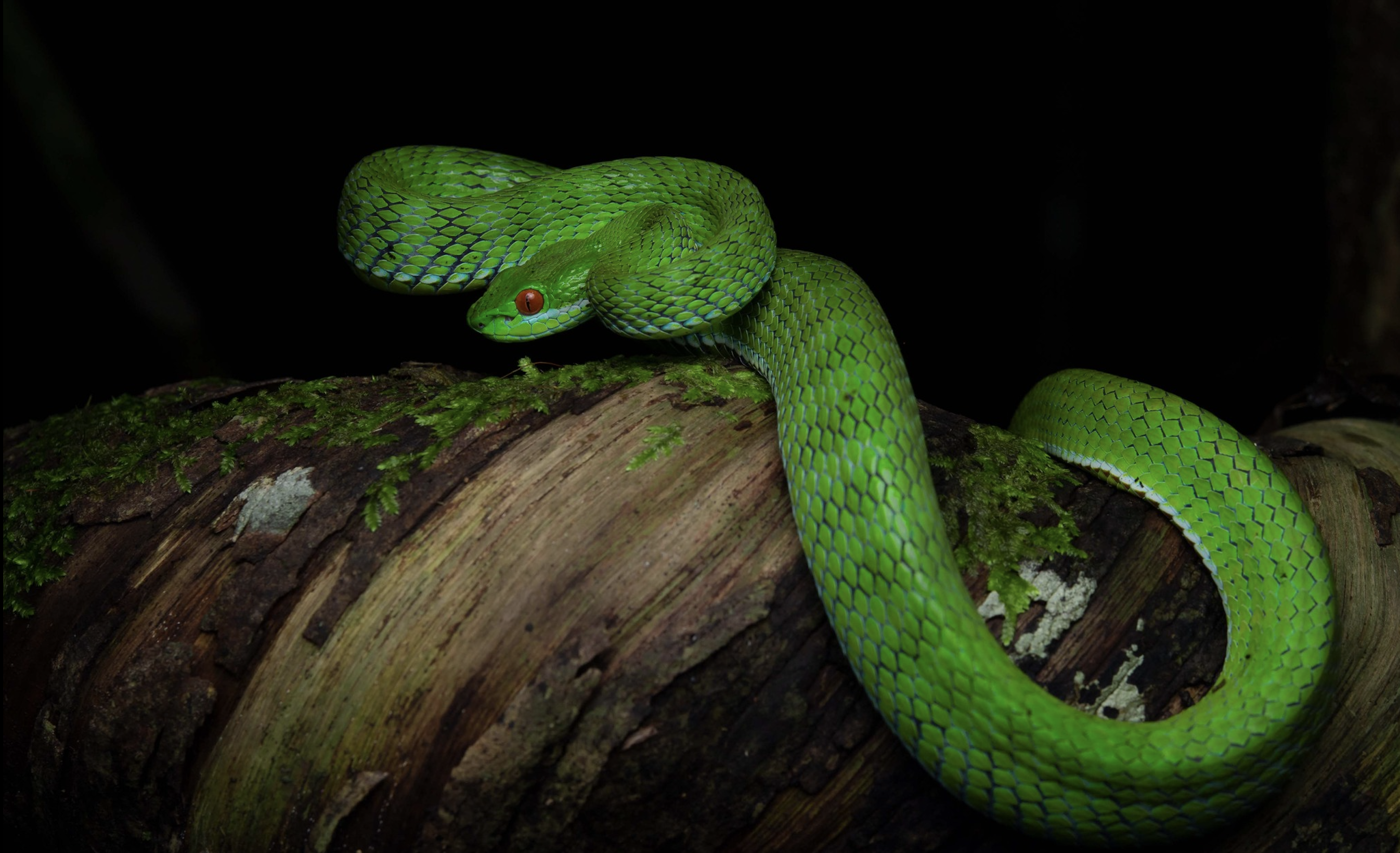



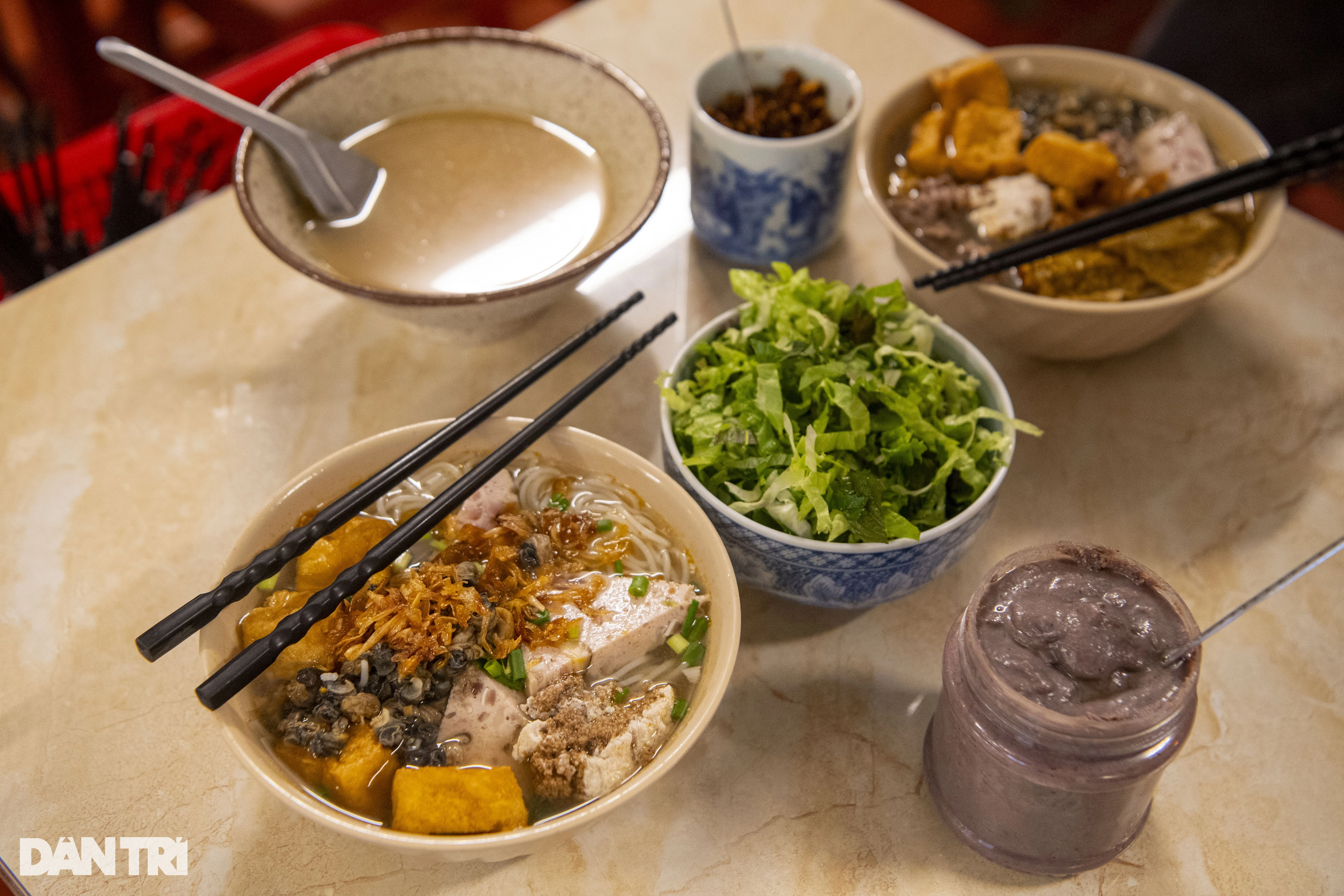
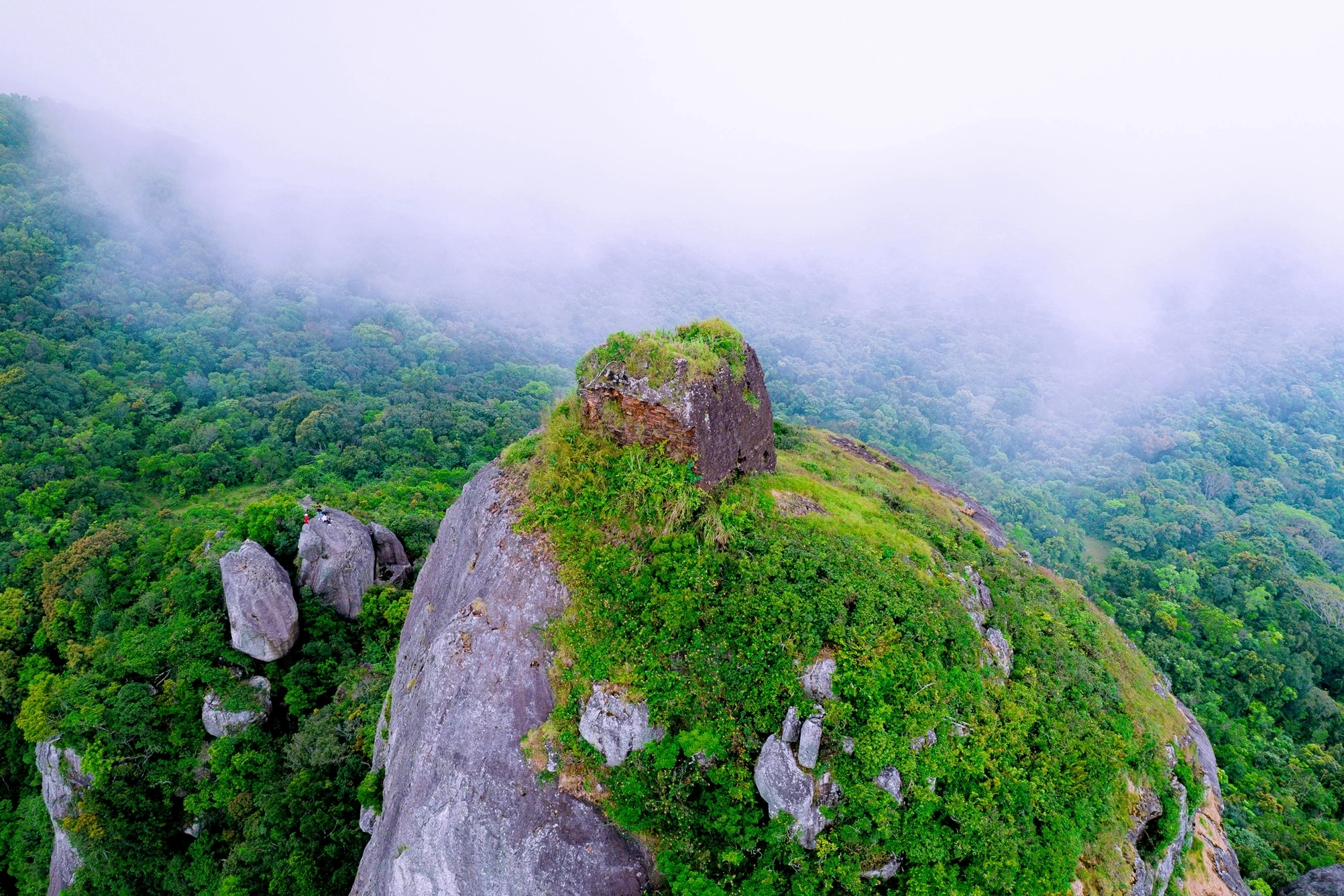
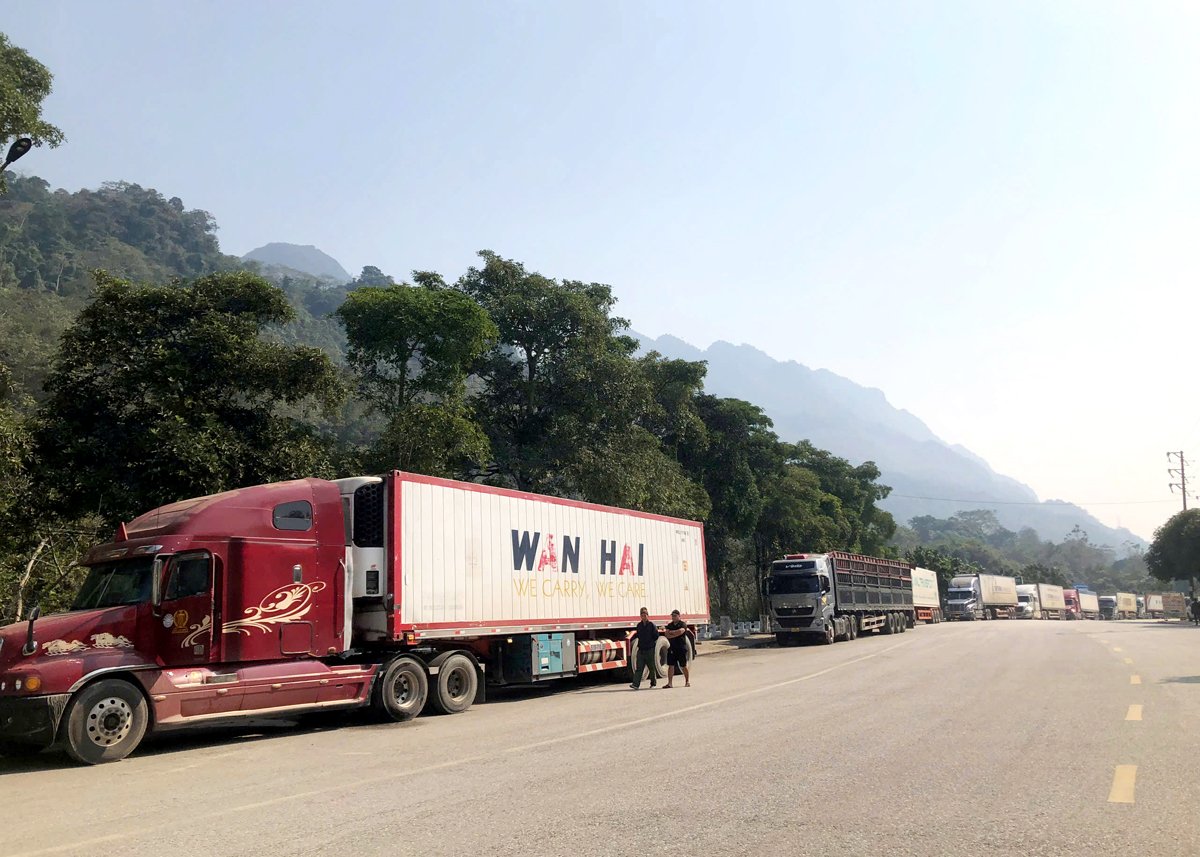
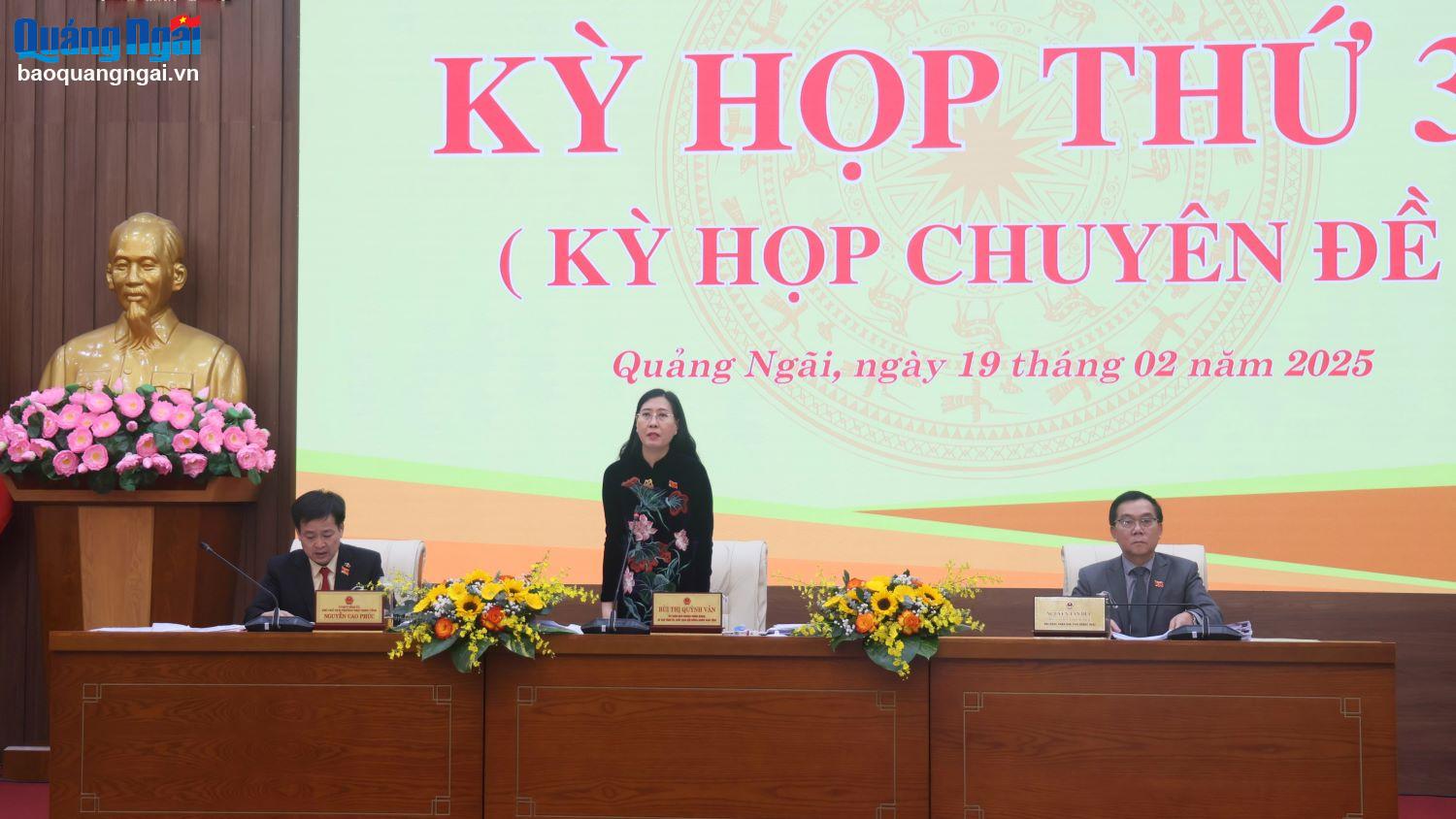
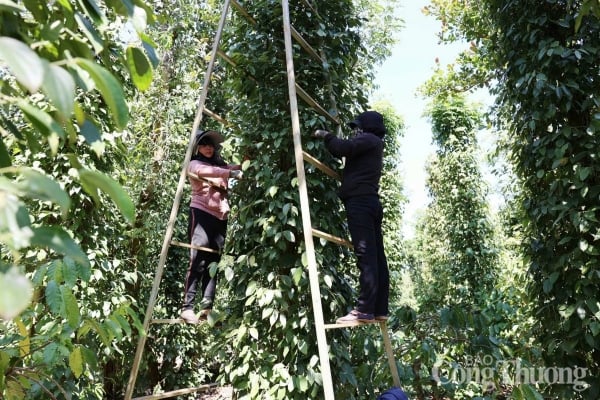

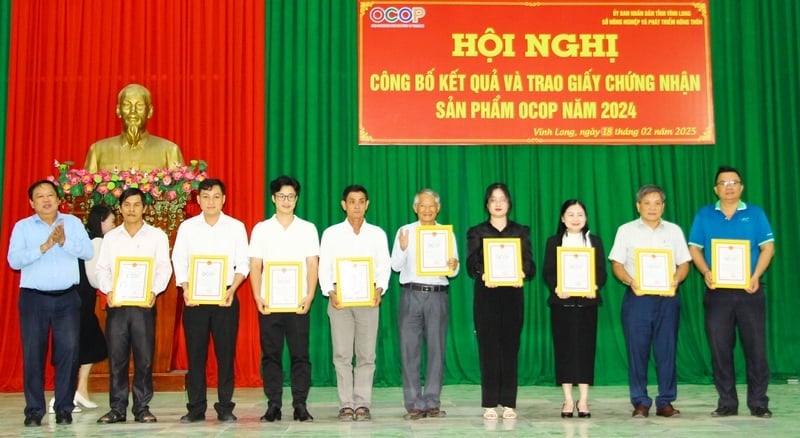
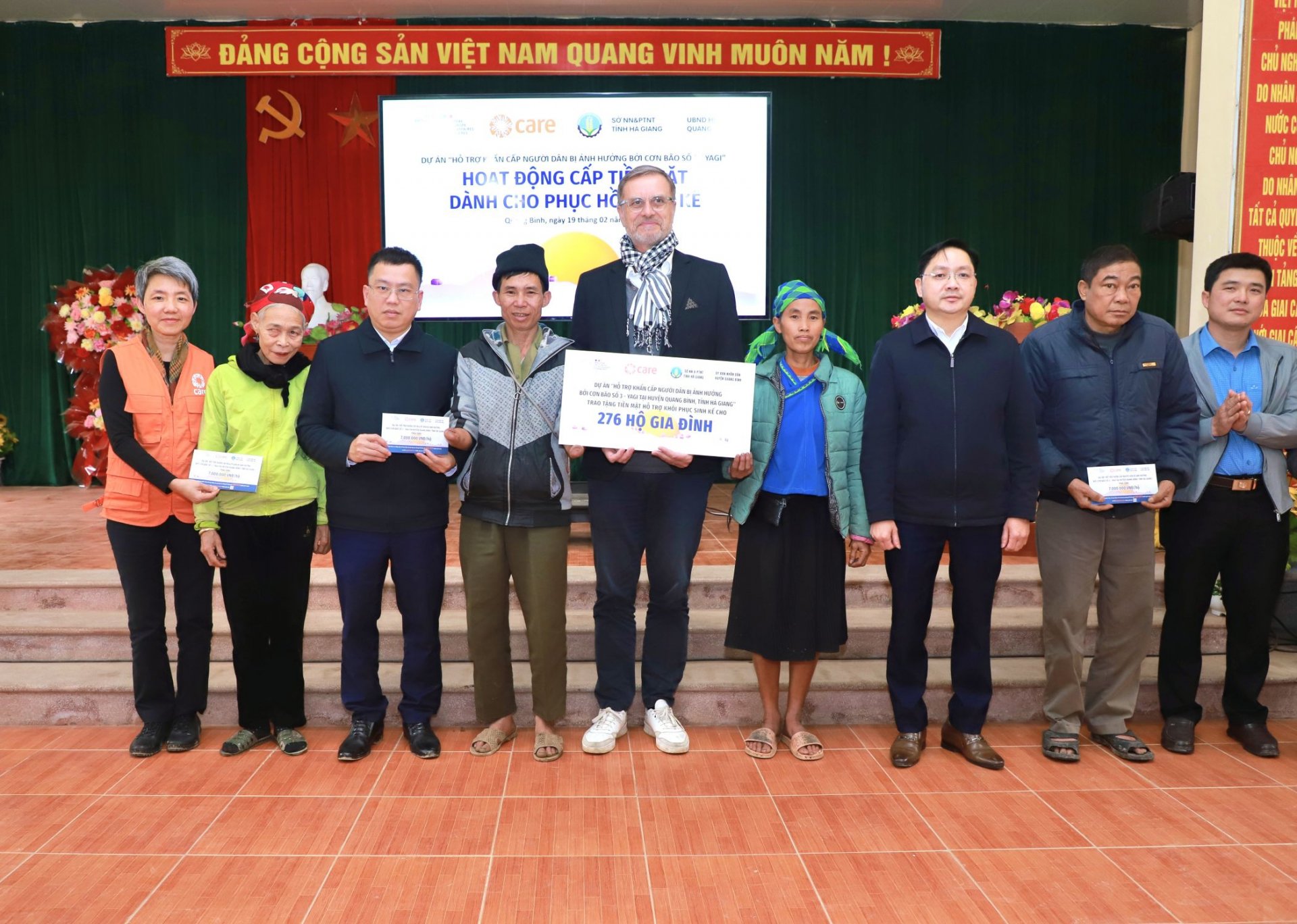
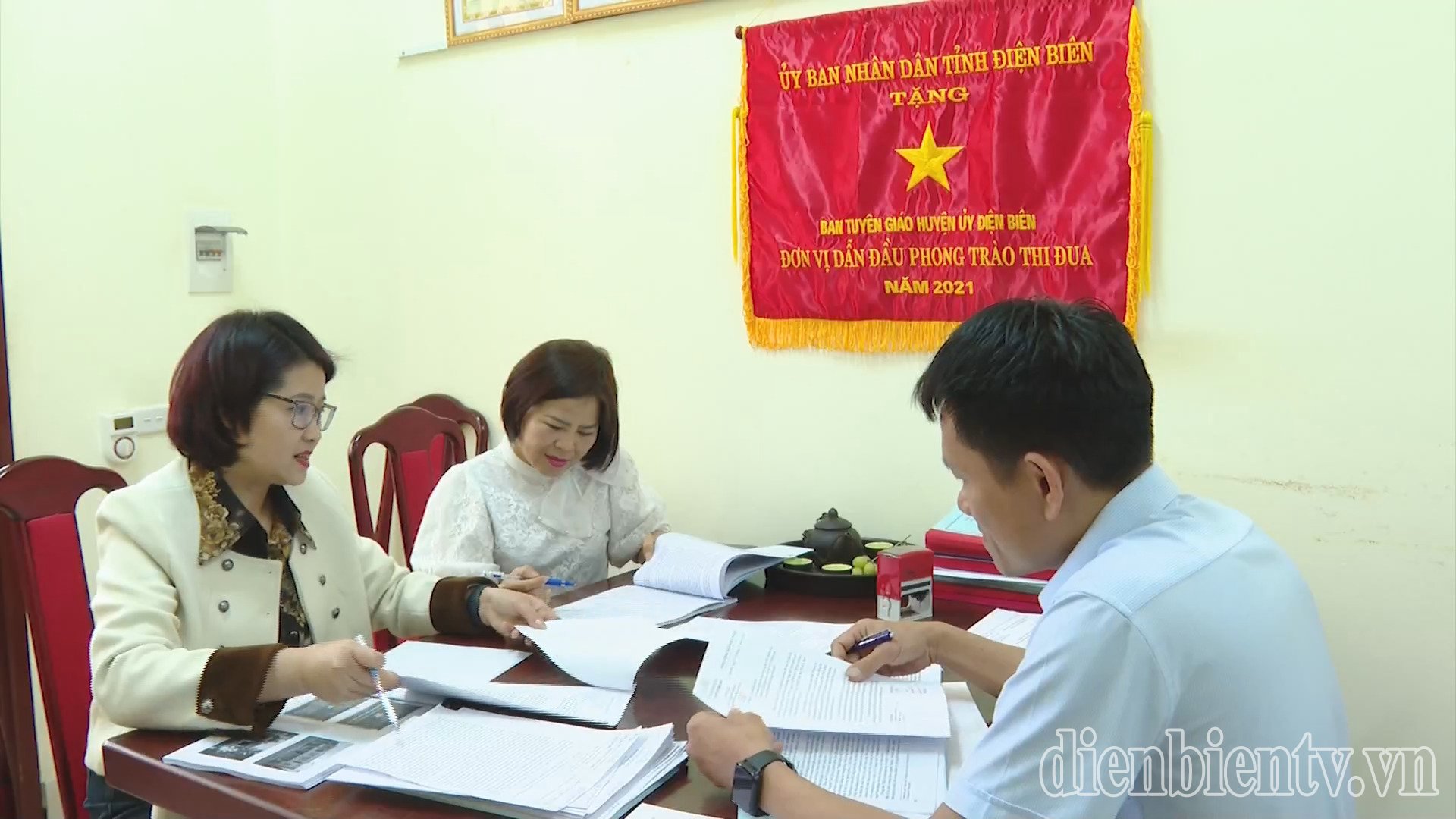

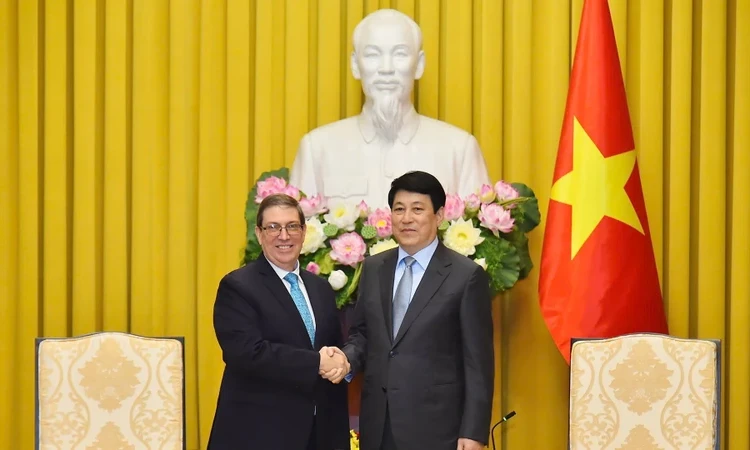


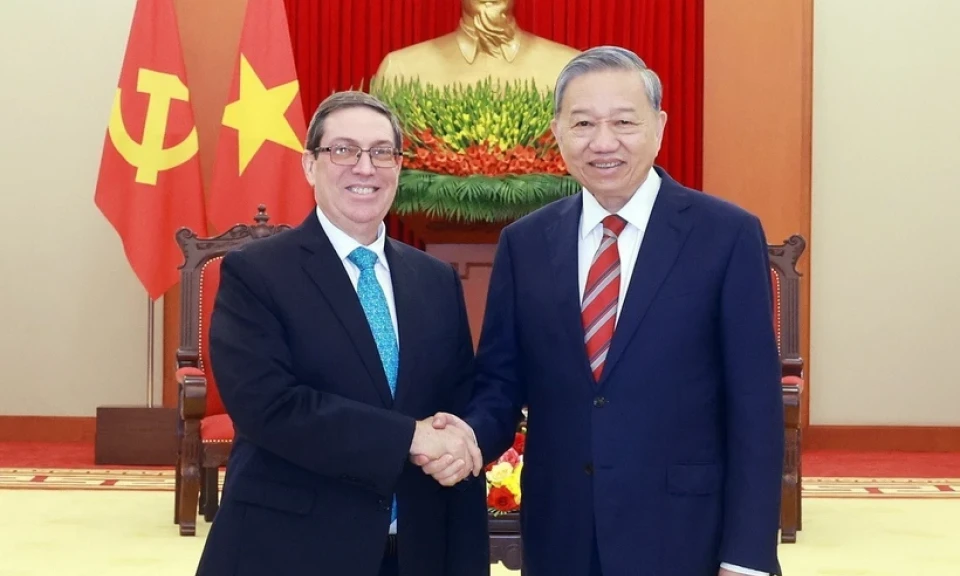
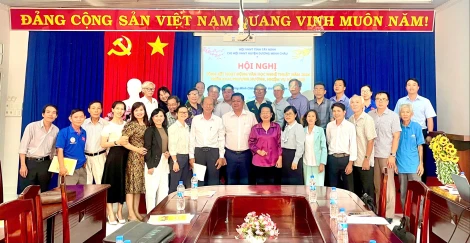
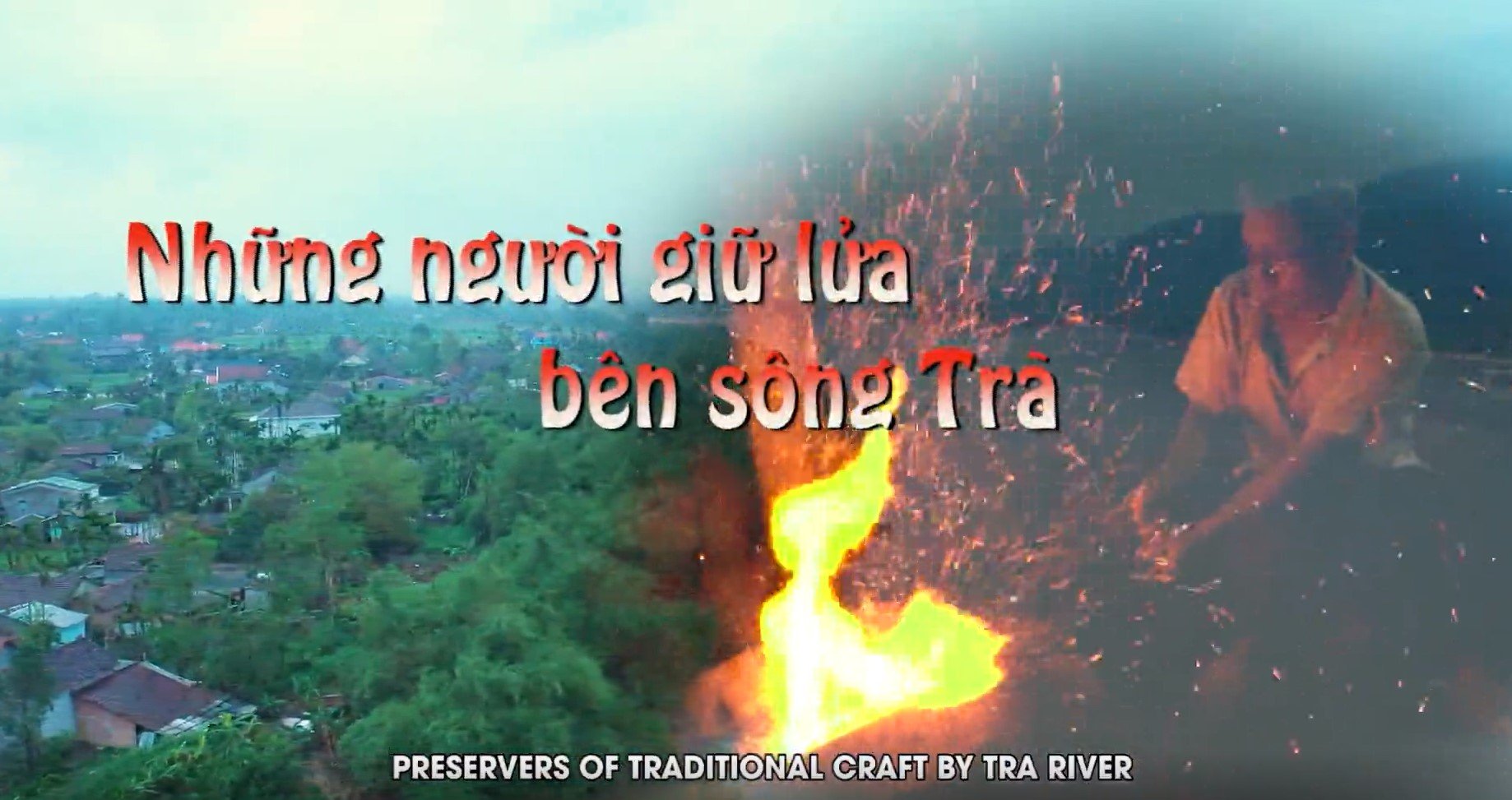
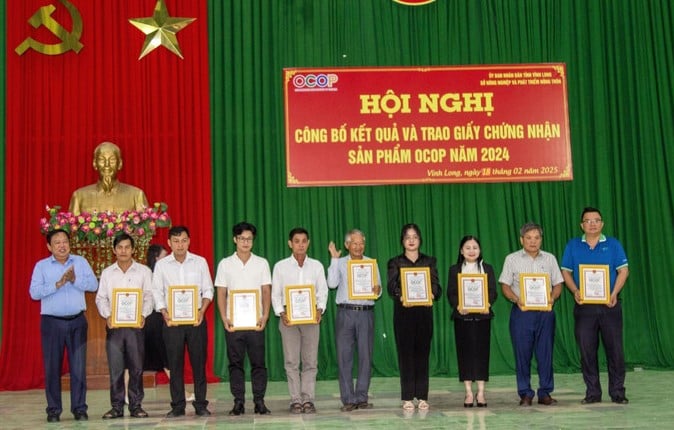
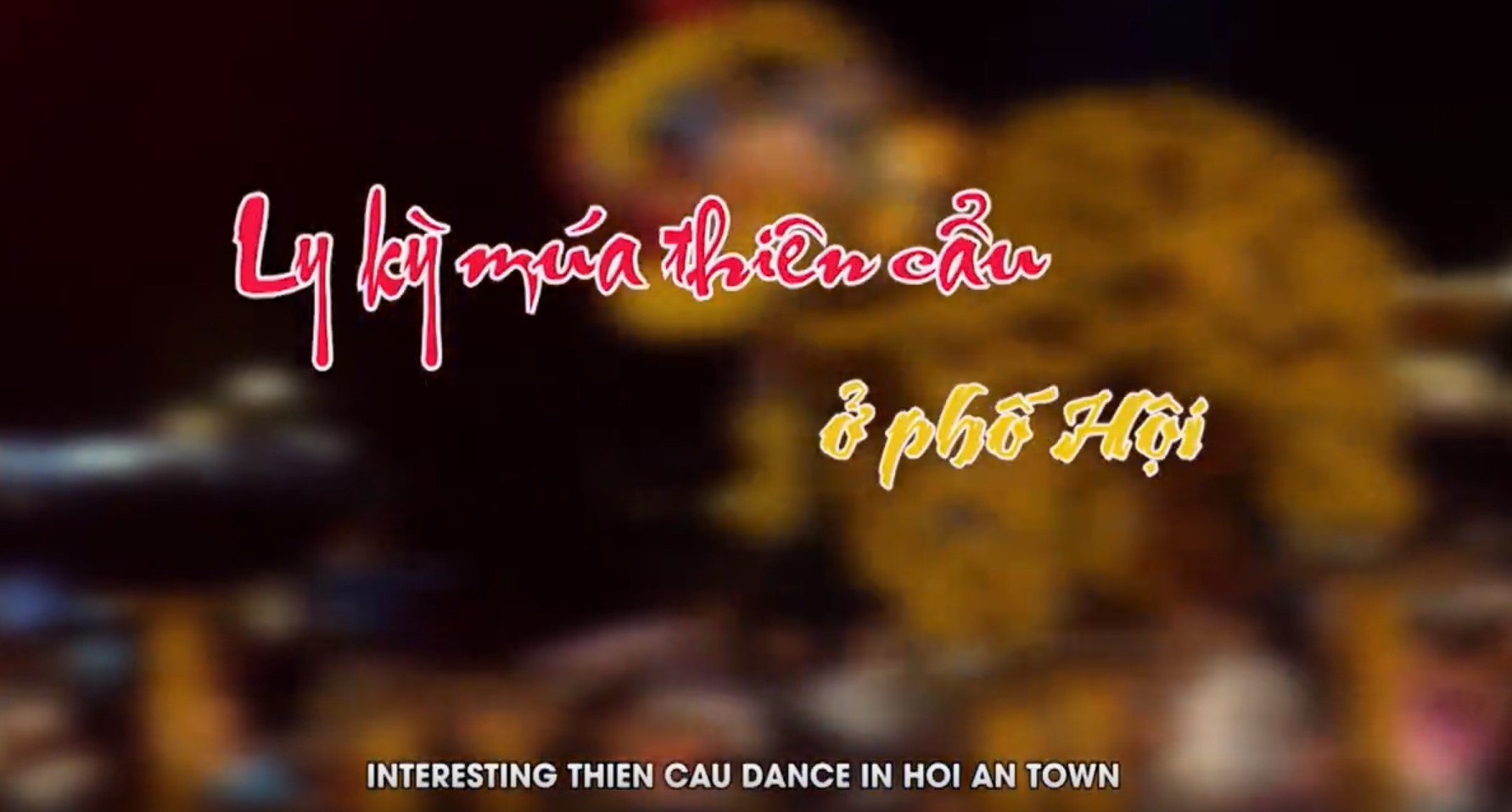
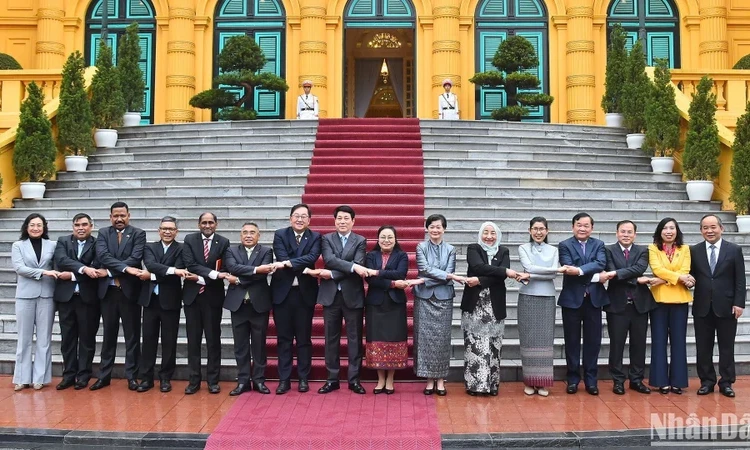


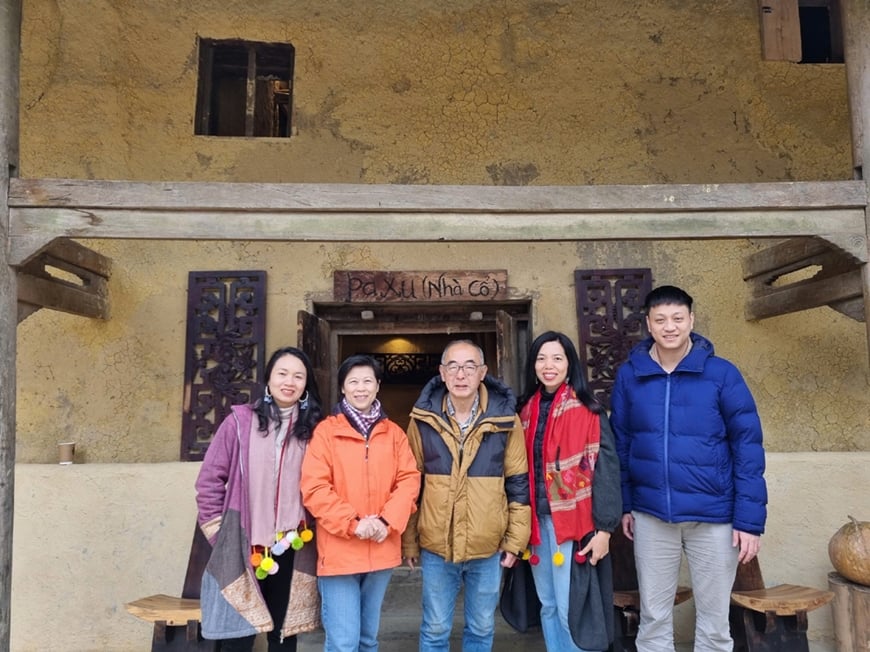











Comment (0)